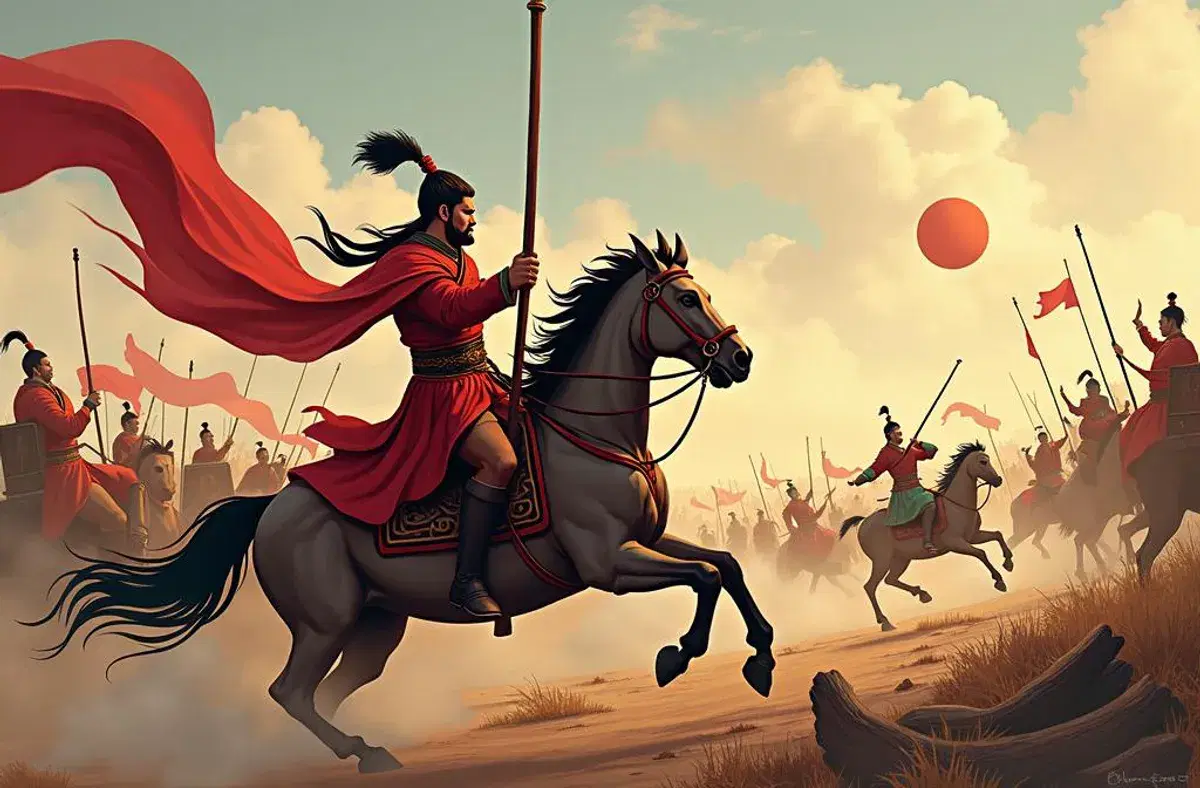
Zhou Dynasty
The Zhou Dynasty was a crucial period in ancient Chinese history that endured for over eight centuries, from approximately 1046 to 256 BCE. It is traditionally divided into two main periods: the Western Zhou (1046–771 BCE) and the Eastern Zhou (770–256 BCE), further subdivided into the Spring and Autumn Period (770–476 BCE) and the Warring States Period (475–221 BCE).

Han Dynasty
The Han Dynasty, lasting from 206 BCE to 220 CE, is considered a foundational period in Chinese history. It was marked by political stability, economic growth, and cultural development. The Han Dynasty is divided into the Western Han (206 BCE–9 CE) and Eastern Han (25–220 CE) periods. Notable achievements include the establishment of the Silk Road trade routes and the development of Confucianism as the state ideology.

Liao Dynasty
The Liao Dynasty, existing from 907 to 1125 CE, was a Khitan-led empire in East Asia that coexisted with the Song Dynasty. Situated in present-day China, Mongolia, and parts of Russia, the Liao Dynasty played a crucial role in regional politics and trade. Despite its nomadic origins, the Liao rulers adopted many Chinese administrative practices, fostering a unique blend of nomadic and Chinese cultures during their rule.